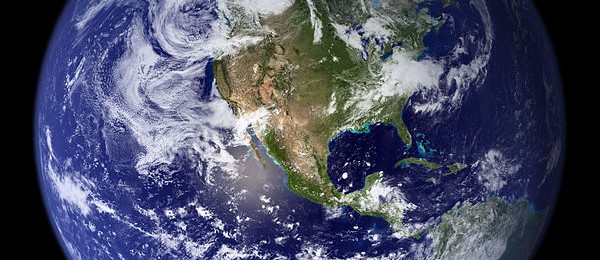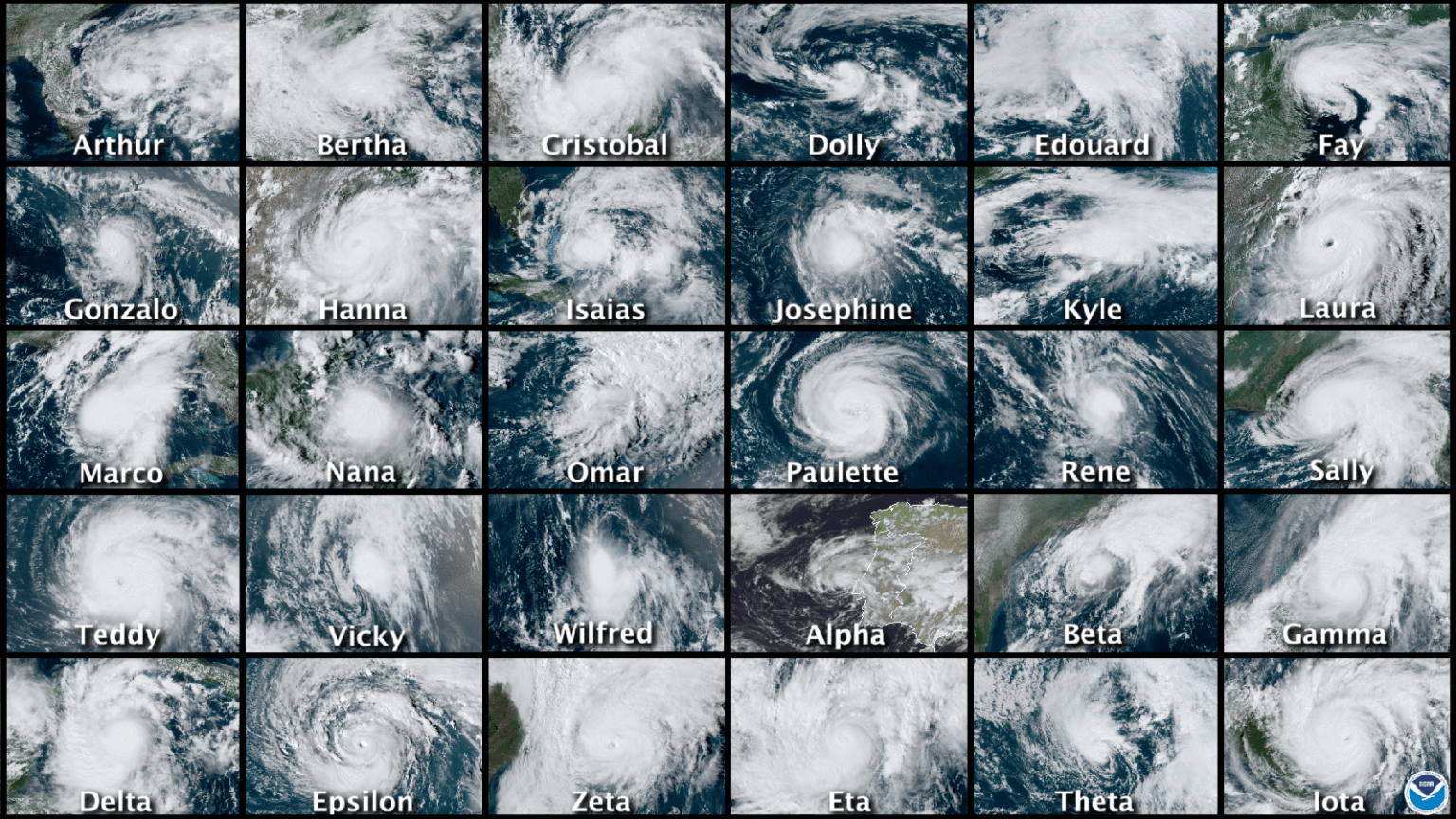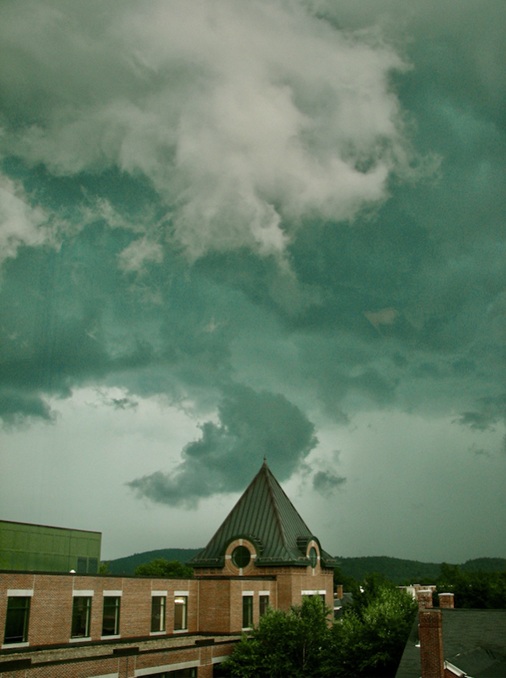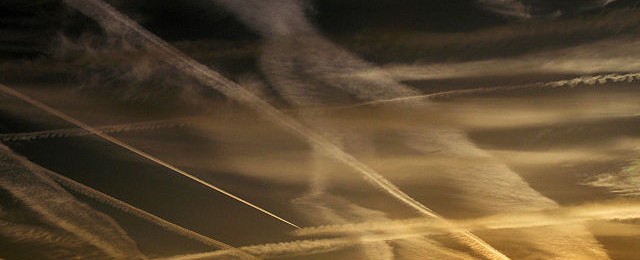Climate science
-

The National Academy of Sciences recently released a new climate report that examines the last 15 years of climate research and sees how it compares to earlier reports on expectations of how the climate might change. The new report shows that the earlier reports from EPA in 2009 and other reports were not only correct…
Posted in: Climate science -

You may be familiar with the Saffir-Simpson scale for rating the strength of hurricanes. It is based solely on wind speed and does not include other hazards from tropical systems like flooding rain and storm surge. A scientist at the University of South Florida and her team think the time has come to create a…
-

Monday, September 1, marks the beginning of climatological fall, which includes the time period from September 1 through November 30. You might know the astronomical fall season starts later in September when the equinox occurs, but climatologists use the calendar months because they most closely represent the midpoints between the warmest three months and the…
-

The Weather Channel posted an interesting short video about the life cycle of a hurricane to explain how hurricanes develop from tropical waves and grow into full-fledged strong storms. Very timely considering how we have watched Erin grow from a weak wave to a category 5 storm in just a few days. Erin is now…
-

My UGA colleague Bob Kemerait and several others all asked me why it was so cold and rainy in Georgia earlier in August. Here is what I wrote him: I have attached thermographs of Athens and Albany temps below (the Tifton NWS station is missing most of August so far). The first part of summer…
Posted in: Climate science -

Have you ever seen a green sky? I can recall a few. Most often they are seen during severe weather, especially when hail is present. Here is an interesting story and explanation for where green skies come from: The Colorful Mystery of Green Thunderstorms – The Front Page, published by the American Meteorological Society blog…
-

With the growth of social media has come the growth of conspiracy theories about the weather that pop up over and over again on some influencers’ clickbait posts. In this Forbes article, Dr. Marshall Shepherd of UGA debunks the top six weather conspiracy theories that appear over and over again. Most recently: the idea that…
Posted in: Climate science